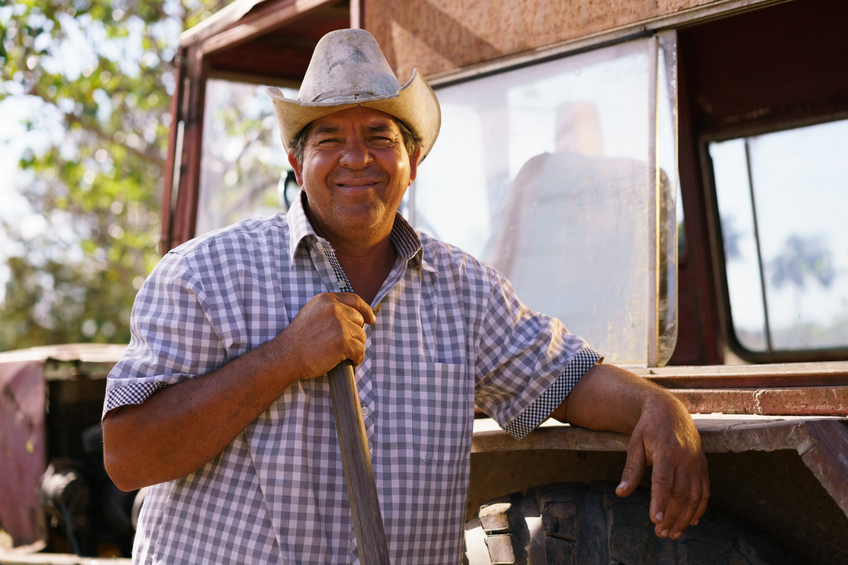
Share On Social!
Farmworkers labor and toil long hours to put food on people’s tables.
But, in a cruel twist, many aren’t accessing the food benefits they need—and are eligible for—to feed their own families, according to a new study.
 In fact, farmworkers who were Latino immigrants or even Latino citizens were 30% less likely to participate in the federal Supplemental Nutrition Assistance Program (SNAP), compared to non-Latino white citizen farmworkers with the same need and eligibility, according to research led by UC Davis health economists.
In fact, farmworkers who were Latino immigrants or even Latino citizens were 30% less likely to participate in the federal Supplemental Nutrition Assistance Program (SNAP), compared to non-Latino white citizen farmworkers with the same need and eligibility, according to research led by UC Davis health economists.
SNAP, formerly known as food stamps, aims to reduce hunger and stimulate spending.
“The study undercuts the common assumption that immigrant crop workers, especially Hispanic crop workers, utilize SNAP more than others,” according to a press release. “It also highlights the need to address non-participation among those who are legally eligible and could benefit from the program.”
How Farmworkers Use SNAP (or Not)
The researchers analyzed 18,000 households between 2003 and 2012 for SNAP usage and other characteristics.
SNAP offers funding for food or plants and seeds to grow food based on eligibility criteria such as income and family size. Undocumented immigrants may qualify if they have U.S. born children, and documented immigrants may qualify after residing in the U.S. for five years.
Results showed that SNAP participation among U.S. farmworkers increased from 4.9% in 2008 to 18.7% in 2012 (13.8 percentage points), reversing a downward participation trend.
But most of that increase came from farmworkers who were citizens.
Latino documented and undocumented farmworker immigrants were 40% and 43% less likely to participate in SNAP than households headed by non-Latino citizens with the same need. Latino citizens were 30% less likely to participate.
What’s This Mean for SNAP’s Future?
The researchers hope their study helps secure the future of SNAP, which was expanded following the economic crisis but is currently being considered for sharp cuts.
They also hope to find ways to encourage SNAP participation among eligible non-users.
“Farmworkers and their families advance our agricultural economy and put food on all of our tables, and they have a right to eat as well,” said study co-author Alvaro Medel-Herrero of the UC Davis Center for Health and the Environment, in the press release.
“Assuring that SNAP is both available and accessible to them benefits all of us.”
By The Numbers
1
Supermarket
for every Latino neighborhood, compared to 3 for every non-Latino neighborhood



